Want More Defined Abs? Here's How to Do Planks for a Chiseled Core and Improved Stability
Sculpt your core, sharpen your posture, and upgrade your entire physique.
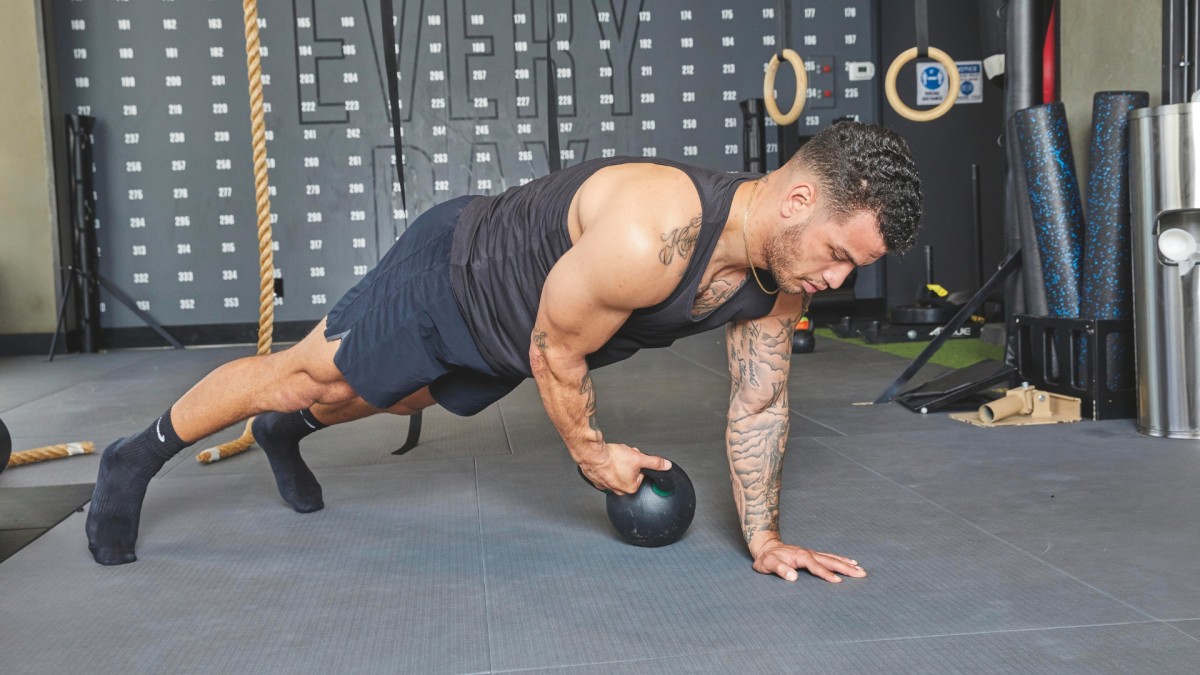
The plank exercise is an old-school isometric core exercise that originated with yoga practices and has since been a standard part of mainstream bodyweight workouts. It's a top-shelf ab move that can boost your muscular endurance and stability. But plank exercise benefits don't stop there.
While vanity muscles are nice, building a strong, stable base is crucial for all of your other gym and athletic goals. "Planking is a great core exercise, which helps to protect the spine during other activities, such as lifting and bending," explains Dr. Elizabeth C. Gardner, MD, Sports Medicine Orthopaedics Specialist with Yale Orthopaedics & Rehabilitation.
Planks also help build muscle memory, according to Dr. Gardner, so your muscles will brace during other exercises, preventing injury. With a sturdy foundation, you'll see payoffs with bigger compound lifts like squats, deadlifts, shoulder presses, and bench presses. "This also has the potential to boost posture, which is extra important for people who may have a desk job that keeps them in one position for much of the day," she adds.
Plus, planks are adaptable to your fitness level, and they are easily added to any fitness routine. "One of the greatest benefits is that it is free and convenient—no equipment is required and you can do it almost anywhere," Dr. Gardner says.
Check out more about the plank exercise, including how to do it correctly, which muscles it targets, and variations you can try to increase or decrease the challenge.
Want the latest fitness advice and workouts to tackle any adventure? Sign up for our Blueprint newsletter. Beth Bischoff
How to Do a Plank
- Start on the floor as if you're about to do a pushup.
- Now, bend your elbows to 90 degrees and rest your weight on your forearms instead of your hands.
- Make sure your elbows are directly beneath your shoulders.
- Your body should form a straight, solid line from your head all the way down to your feet. No sagging hips or raised bottoms.
- Squeeze those abs and hold this position for as long as you can. Initially, aiming for 30 seconds is great, but the goal is to work your way up—maybe even to two minutes.
Plank Exercise Benefits and Muscles Worked
"A plank is an isometric hold that stimulates many muscles—shoulder stabilizers, spinal stabilizers, core, quads, hip flexors, and glutes, to name a few," says Dr. Marc Taczanowski, owner of True Sport Care and Chiropractic in Smithtown, New York. Primarily, planks recruit your transverse abdominus (deep core muscles), rectus abdominis (front abdominal muscle), external obliques (side abdominal muscle), and erector spinae (low back muscles).
The plank and other core exercises help stabilize the lower back by increasing pressure in your abdomen, according to Dr. Taczanowski. This pressure mainly comes from a muscle called the transversus abdominus (TVA), which acts like a corset around your midsection, holding everything in and providing stability.
Different muscles will be put to a greater test, depending on how you do your plank exercise. Electromyography (EMG) tests show that the rectus abdominis is highly activated during the standard plank. If you do an active plank by fully bracing and contracting your abs, your rectus abdominus and external obliques will fire up even more. For an extra challenge, you can make your planks unstable, such as with a suspension trainer, which will further light up the rectus abdominus and obliques. If you really want to hit your TVA, side plank exercises are killer.
Related: How to Do Hanging Leg Raises for Rock-Solid Abs
Common Plank Mistakes
Poor form is the most common mistake people make when performing planks, according to Dr. Gardner. The plank may look very simple and easy, but looks can be deceiving. Just holding a plank doesn't mean you are effectively engaging your core muscles. "Proper body position, both of the spine, buttocks/pelvis, and shoulders are important to ensure that the right muscles are being activated and other joints not being improperly strained," warns Dr. Gardner.
According to Dr. Taczanowski, the biggest mistake you can make is holding your breath or even breathing shallowly while planking. "This means they are 'cheating' with those other muscles that add to abdominal pressure," he says.
To really activate your deeper core muscles, you need to use proper form, which means keeping your spine neutral and actively contracting your core. Think about bracing your abdomen as if preparing for a hit. "It is important to maintain this good form even as the exercise gets harder," says Dr. Gardner.
Plank Variations
Active Plank
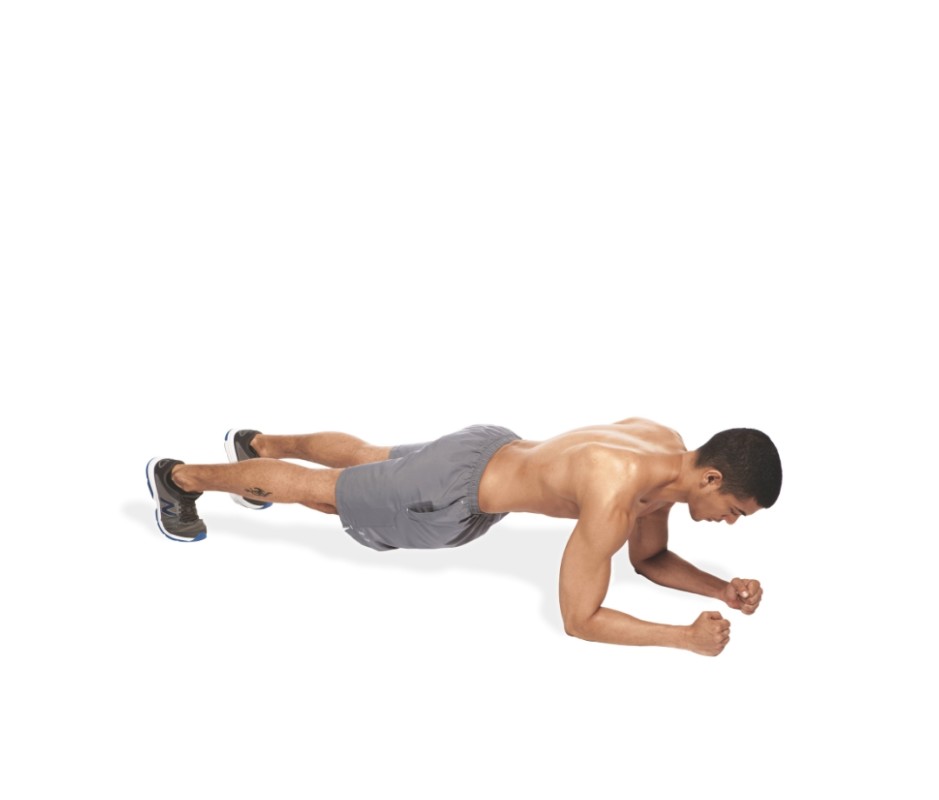
Beth Bischoff
- Start in a prone position (face down), supporting your body weight on only your forearms and toes.
- Keep your elbows bent at 90 degrees and your knees fully extended.
- Perform a "bracing maneuver" by contracting your ab muscles while holding the plank position.
Related: The Secret Breathing Method Elite Fighters Use to Boost Their Performance
Elbows and Knees Plank
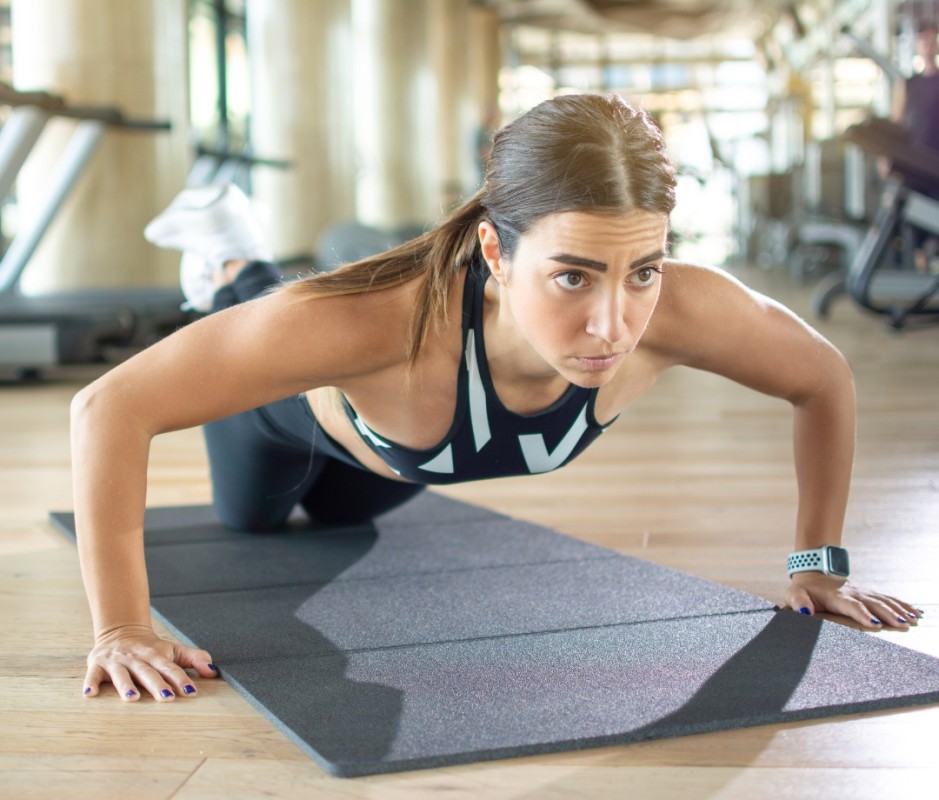
Getty Images/Bojan89
- This move is just like a regular plank, but with your knees on the floor (you'll rest on your elbows, not on your hands as the picture shows).
- Start on the floor, resting on your forearms and knees. Place your elbows directly under your shoulders.
- Make sure your hips are level with your shoulders and knees, creating a straight line from your head/shoulders down to your knees. Avoid letting your hips sag towards the floor or stick up in the air (keep hips neutral, not flexed/hiked).
- Gently tilt your pelvis, tucking your tailbone slightly towards the floor. Focus on initiating this tuck by either squeezing your glutes or engaging your lower core/abdominal muscles.
- Maintain this position with the straight line and the tailbone tuck engaged and breathe through the movement.
Pro Tip
"Think about 'pulling up' from the front, and not 'squeezing' from the back—this helps you tune into your lower core better than most other exercises I’ve come across," shares Dr.Taczanowski.
Side Plank
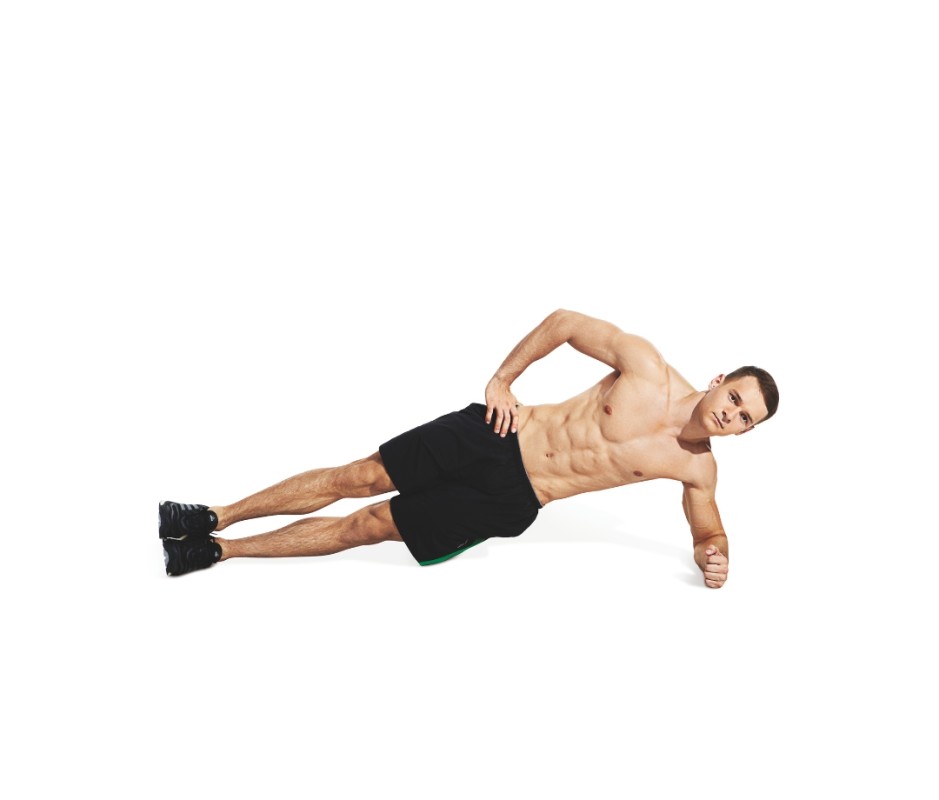
Beth Bischoff
- Lie down on your side on the floor. Stack your legs one on top of the other, keeping them straight.
- Plant your forearm firmly on the floor, making sure your elbow is directly under your shoulder. This is your anchor point.
- Brace that core! Hoist your hips off the ground until your body forms a dead-straight line from your ankles up to your head. No dipping allowed.
- You can rest your top hand on your hip or reach it straight up towards the ceiling if you want to add a little extra challenge.
- Lock in that position. Keep your core tight and those hips high. Hold it for as long as you can maintain solid form, then repeat on the other side.
Plank Pull Through (aka Plank Drag)
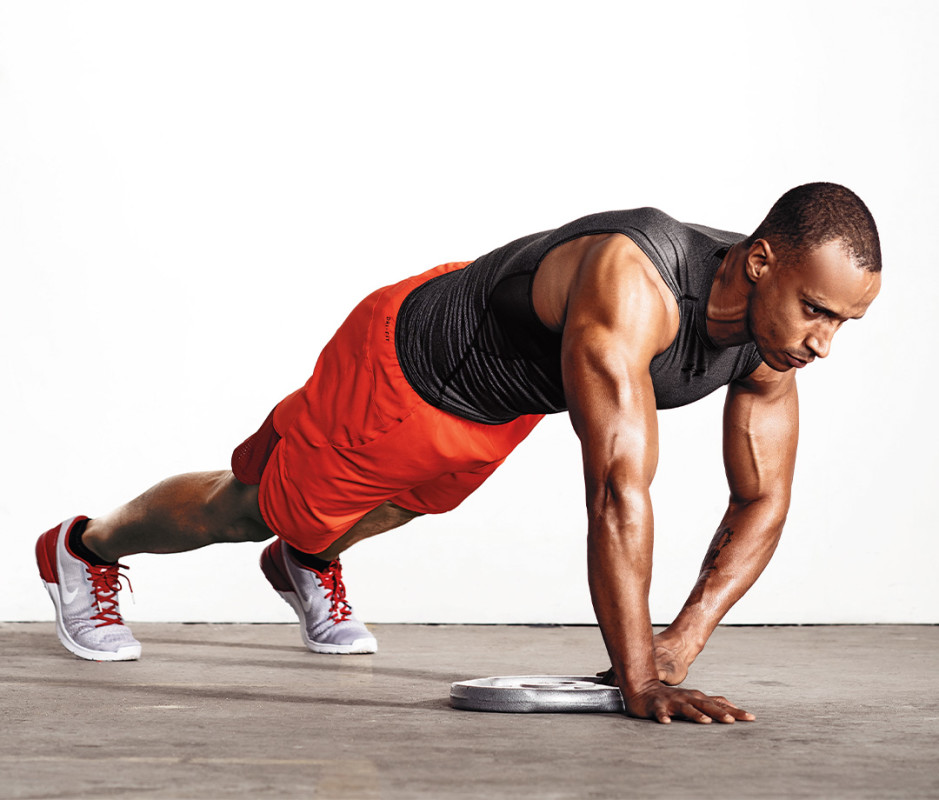
Jose Mandojana
- Get into a high plank position (how you'd start push-up), with your hands directly under your shoulders and your body forming a straight line from head to heels. Place your feet slightly wider than hip-width apart for better stability.
- Position a weight (like a plate, dumbbell, or kettlebell) on the floor on one side of your body, just outside of your hand.
- Brace your core muscles tightly. Keep your hips stable, no rotating or dropping.
- Without letting your hips twist, reach under your torso with the hand opposite the weight.
- Grasp the weight and pull (or drag) it across the floor underneath your body until it's positioned just outside where your hand will be.
- Place your reaching hand back down into the starting plank position.
- Now, reach under your torso with the hand that's currently opposite the weight, grab it, and pull it back across to the original side. That's one rep.
- Keep alternating sides for 8 to 10 reps, focusing on maintaining that stable plank and minimizing hip movement.
Related: The Thai Fighter Conditioning Trick That Will Toughen You Up Fast










































































